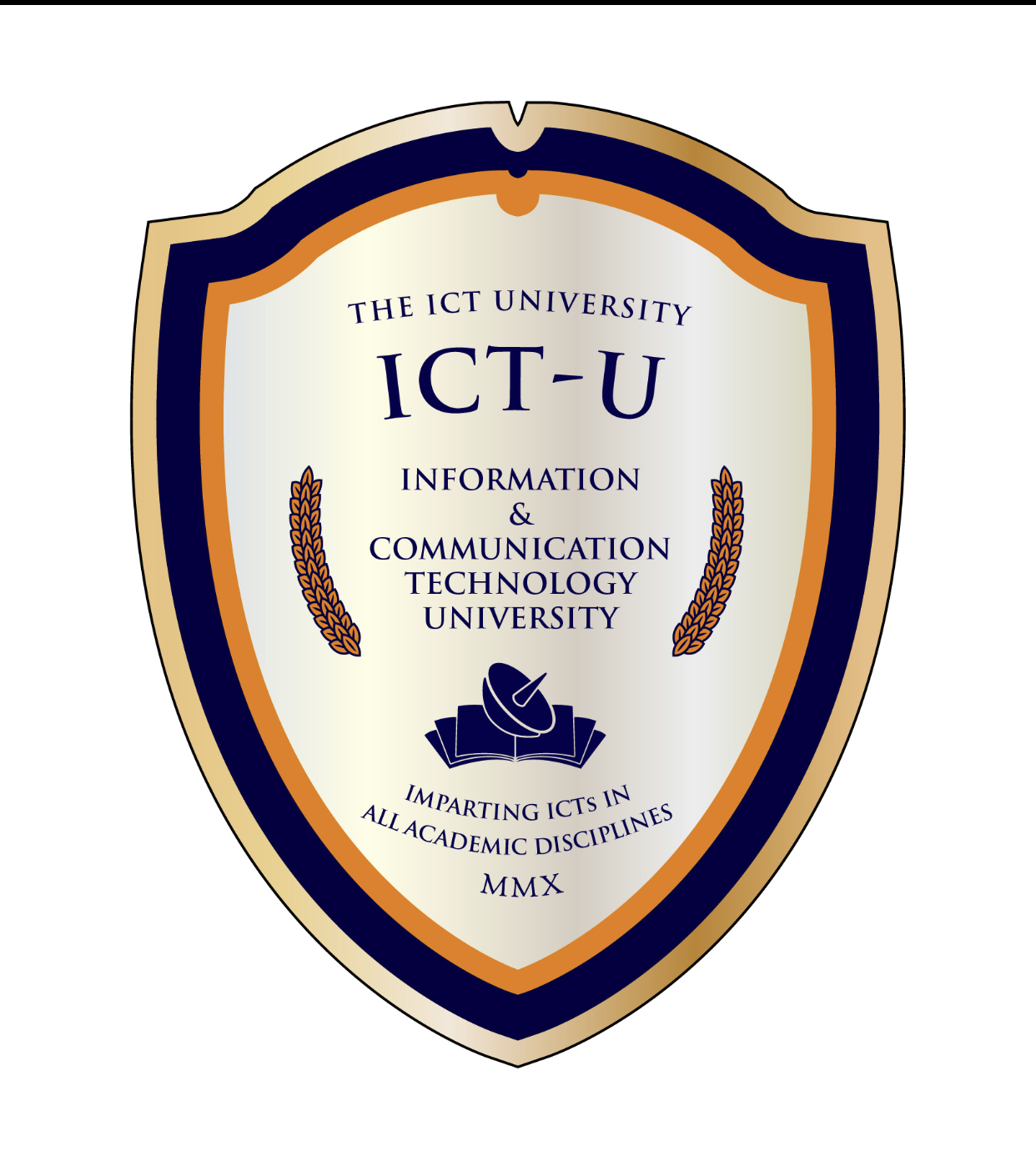Abstract
Number or license plate recognition has become an essential technology for traffic and security applications. Providing access control at any organization or academic institution improves the level of security. However, providing security personnel to manually control the access of vehicles at an academic institution is costly, time-consuming, and to a limited extent, error prone. This study investigated the use of an automated vehicle tracking system, incorporating experimental computer vision techniques for license plate recognition that runs in real-time to provide access control for vehicles and provide increased security for an academic institution. A vehicle monitoring framework was designed by using various technologies and experimenting with different camera angles. In addition, the effect of environmental changes on the accuracy of the optical character recognition application was assessed. The Design Science Research methodology was followed to develop the vehicle monitoring framework artifact. Image enhancement algorithms were tested, and the most viable options were evaluated and implemented. Optimal operating criteria that were established for the vehicle monitoring framework achieved a 96% success rate. The results indicate that a cost-effective solution could be provided by using an existing camera infrastructure at an academic institution and suitable license plate recognition software technologies, algorithms, and different camera angles.


